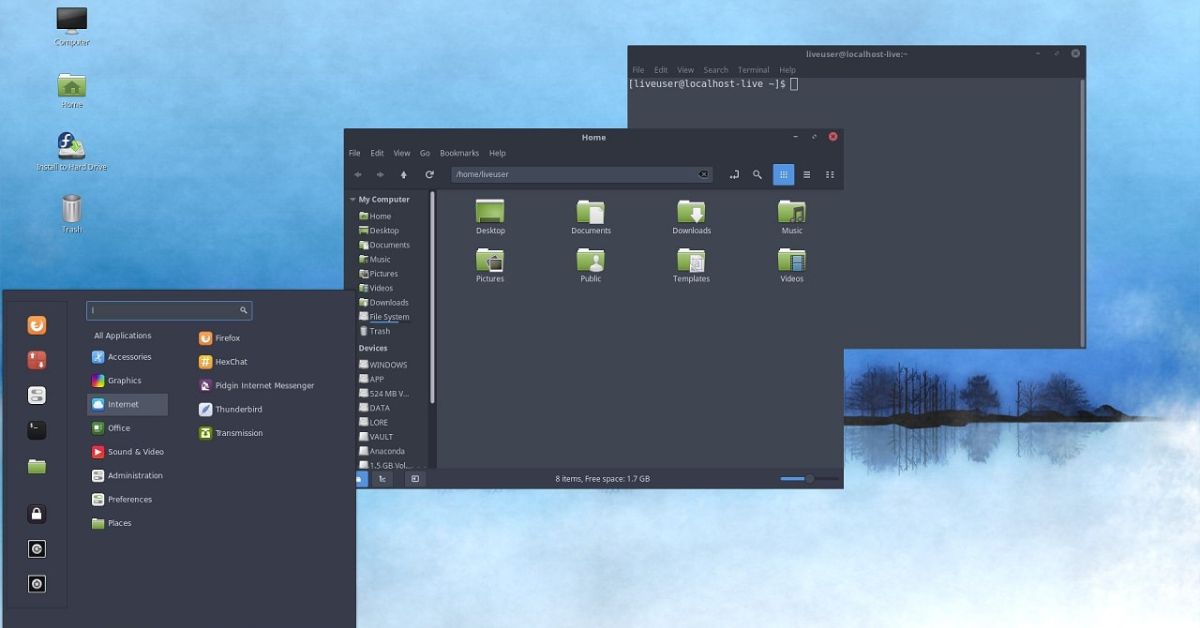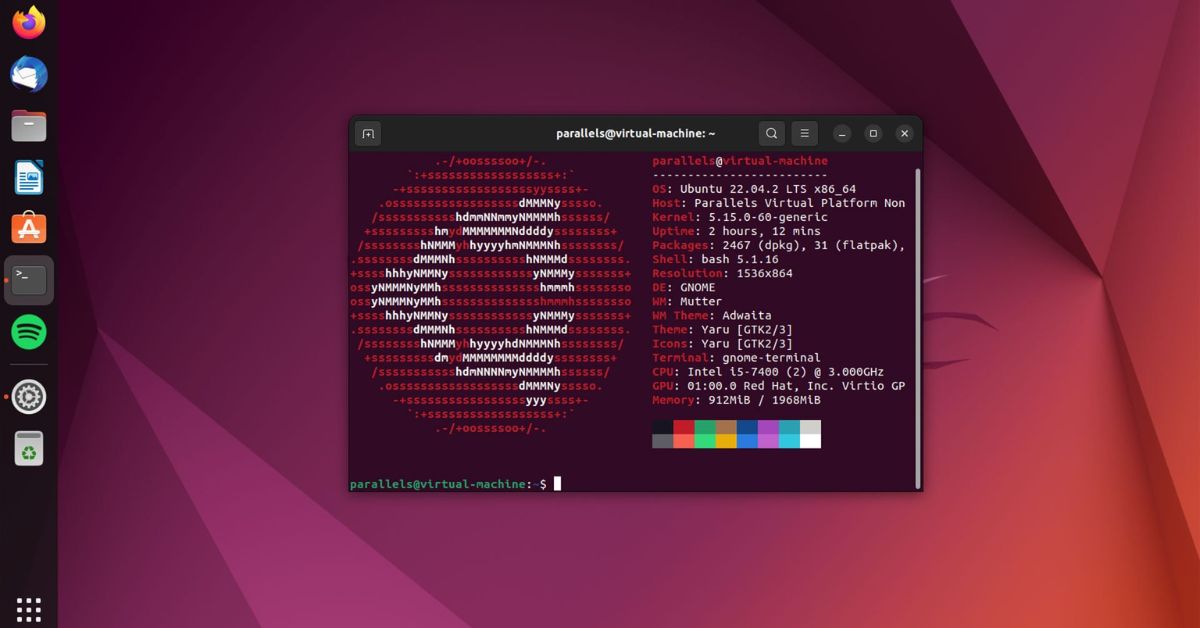Introduction
In todays dynamic business landscape ability to adapt swiftly to changing market demands is paramount for sustainable growth. As technology continues to evolve organizations must leverage every available resource to stay competitive. One such resource is flexibility offered by customizable and configurable systems. In post we delve into the importance of greater flexibility in system customization and configuration exploring its benefits challenges and best practices.
Understanding System Customization and Configuration
Before delving deeper let’s clarify the difference between customization and configuration. Customization involves modifying a system’s code or functionality to meet specific requirements unique to an organization. On other hand configuration refers to tailoring system settings and parameters to align with business processes without altering the underlying codebase. Both customization and configuration are essential for optimizing systems to suit individual business needs.
The Importance of Flexibility
- Meeting Diverse Business Needs
Every organization operates differently with unique processes workflows and objectives. Off–shelf solutions may offer a one-size-fits-all approach but they often fall short in addressing specific requirements. Flexibility in customization and configuration empowers businesses to tailor systems according to their distinct needs, enhancing efficiency and productivity. - Adapting to Changing Requirements
Business environments are constantly evolving driven by technological advancements market trends and regulatory changes. Static rigid systems struggle to keep pace with these shifts leading to inefficiencies and missed opportunities. With greater flexibility organizations can swiftly adapt their systems to accommodate new requirements ensuring agility and resilience. - Empowering User Engagement
User experience plays a pivotal role in success of any system implementation. By allowing users to customize their interfaces workflows and preferences organizations foster a sense of ownership and empowerment. This not only enhances user satisfaction but also boosts productivity as users can work in a way that best suits their preferences and workflows.
Challenges in System Customization and Configuration
- Complexity and Maintenance
While customization and configuration offer numerous benefits they also introduce complexity into system architectures. Managing customizations across different modules versions and updates can be challenging requiring careful planning and coordination. Moreover as systems evolve, maintaining customizations becomes increasingly arduous potentially leading to compatibility issues and technical debt. - Cost Considerations
Customization and configuration efforts often incur additional costs including development resources, training, and ongoing support. Organizations must weigh the benefits against the expenses to determine the return on investment. While tailored solutions can deliver significant value in terms of efficiency and competitive advantage they require careful budgeting and resource allocation.
Best Practices for Effective Customization and Configuration
- Define Clear Requirements
Before embarking on any customization or configuration initiative it’s essential to clearly define business requirements and objectives. Engage stakeholders across departments to gather insights into their specific needs and pain points. Documenting these requirements serves as a blueprint for the customization and configuration process ensuring alignment with organizational goals. - Prioritize Flexibility and Scalability
When evaluating potential systems or platforms prioritize flexibility and scalability. Choose solutions that offer robust customization and configuration capabilities without compromising scalability or performance. A modular architecture allows for seamless integration of customizations while futureproofing the system against evolving business needs. - Invest in Training and Support
User adoption is key to the success of any customization or configuration effort. Provide comprehensive training and ongoing support to users, ensuring they are equipped with the knowledge and resources to leverage customizations effectively. Foster a culture of continuous learning and improvement encouraging feedback and collaboration among users and administrators. - Implement Change Management Practices
Effective change management is critical for minimizing disruption and maximizing adoption during system customization and configuration. Develop a structured change management plan that encompasses communication, training, and stakeholder engagement. Proactively address concerns and resistance, emphasizing the benefits and opportunities that customizations bring to the organization.
Summary
In business landscape organizations must embrace greater flexibility in system customization and configuration to stay competitive. By tailoring systems to meet specific requirements businesses can enhance efficiency adaptability and user satisfaction. However navigating complexities of customization and configuration requires careful planning investment and ongoing management. With a strategic approach and adherence to best practices organizations can unlock the full potential of their systems driving growth and innovation in the digital age.




